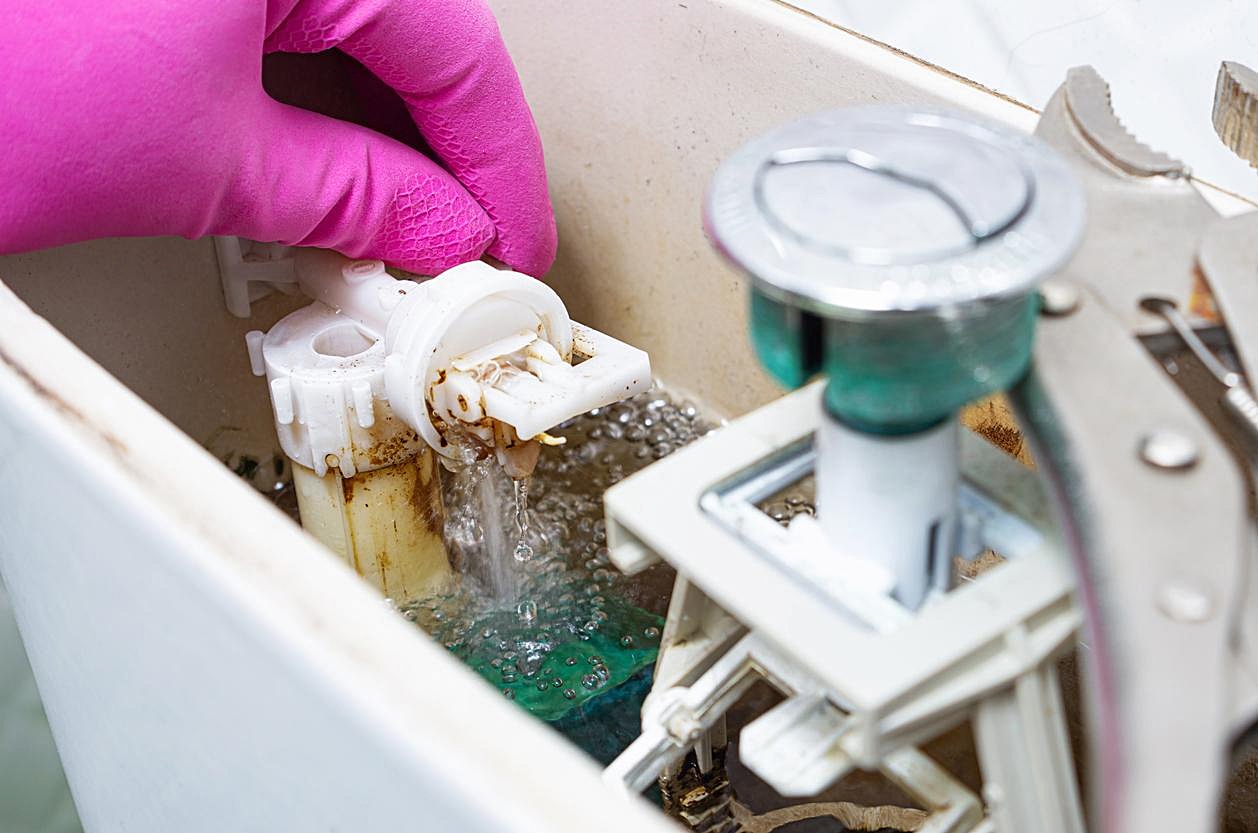Dear James,
I am experiencing several issues with the toilets in my house. Each of them has problems such as inadequate flushing, noisy flushing, and self-flushing. I am wondering if I need to hire a plumber to fix these problems.
Dear Stephanie,
While some repair projects may require the expertise of a plumber, most common toilet problems can actually be fixed by homeowners themselves. There are numerous replacement parts and repair kits available in the market specifically designed for different types of residential toilets. However, you will need some open-end wrenches in order to proceed with the repairs.
In order to diagnose the problem and plan a fix, it is essential to have a basic understanding of how a toilet works. The majority of the water in the toilet tank actually runs down the back of the toilet, not into the bowl. This creates suction on the drain side, which allows water and waste to be sucked out of the bowl and down the drain.
The water that you see flowing in the toilet bowl comes from the flush jet and the rim holes. The flush jet fills the channel with water, creating the necessary suction. The rim holes allow a sufficient amount of water into the bowl to wash off the surfaces while flushing the waste down the drain.
One common problem you mentioned is inadequate flushing, which can have various causes. A clog in the main drain pipe is one of the most likely reasons, especially if you have young children who may have accidentally flushed small toys. Most hardware stores sell toilet augers that can be used to clean out the drain.
Depending on the brand and internal design of your toilet, it may take some effort and trial and error to maneuver the auger through the water passages. Bending the hook on the end of the auger in different directions can often help in making it easier to navigate through the passages.
If the flushing problem persists even after cleaning the drain, you should check the flush jet, which is typically located at the bottom of the bowl. It can become clogged with hard water deposits, preventing the water seal from being created when the toilet is flushed. Without the seal, the water simply swirls around in the bowl instead of being sucked down the drain.
If you notice swirling in the bowl, you can try pouring a large bucket of water quickly into the toilet bowl. This often causes the toilet to flush out the bowl and leave it fairly empty. Use a sponge to remove any remaining water and then scrape any hard water deposits from the flush jet using a wooden stick or spoon.
You can also pour white vinegar or muriatic acid into the overflow pipe in the tank and into the bowl. This will allow it to flow into the flush jet. If you hear a fizzing sound, it indicates that the acid is reacting with the hard water deposits. It is important to note that muriatic acid does not cause any harm to the toilet materials.
A noisy toilet, often characterized by a whistling sound just before the tank is full, is usually caused by an outdated ballcock valve in the tank. As the valve nears its closed position, it gradually shuts off the water, resulting in the noise. Replacing it with a newer design featuring a vertical float that goes from full flow to off more quickly should resolve the issue.
As for your self-flushing toilet, it is likely that the flapper valve at the bottom of the tank is faulty. This allows a small amount of water to leak out. After about five or ten minutes, the ballcock float drops low enough, triggering the water to come on again in order to fill the tank.
You can easily test for this by adding a few drops of red food coloring into the tank. If you notice a red tint in the bowl a few minutes later, it means that you will need to replace the inexpensive flapper valve in the tank.

Discover more from Tension News
Subscribe to get the latest posts sent to your email.

